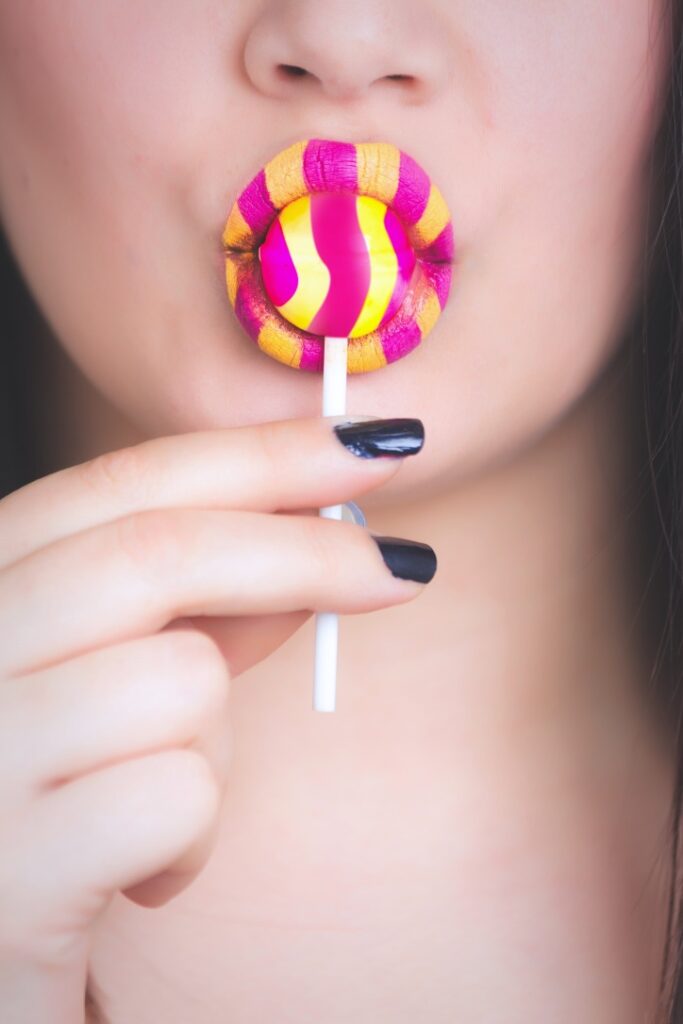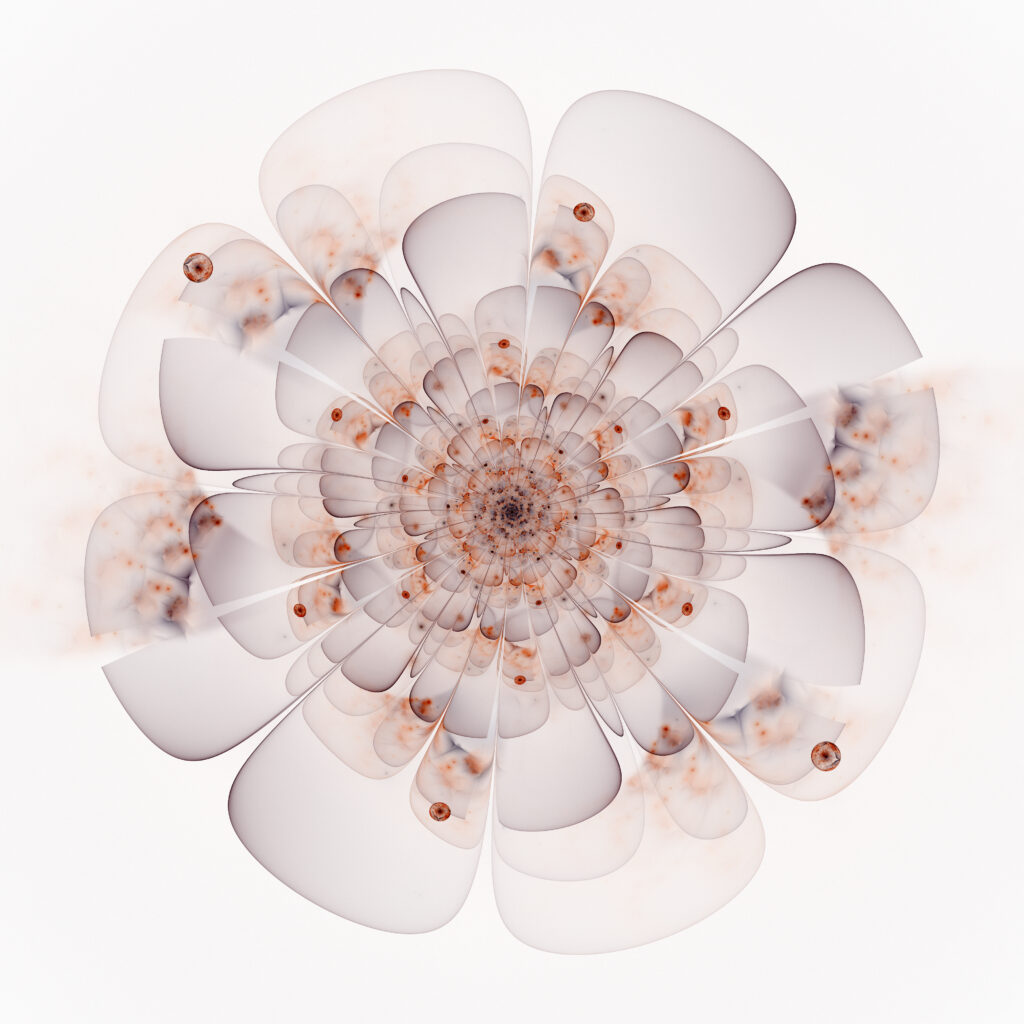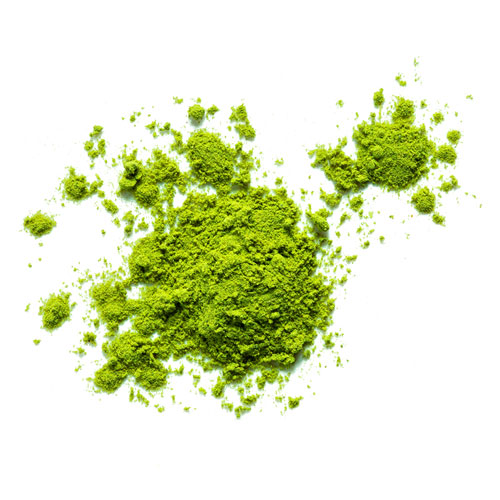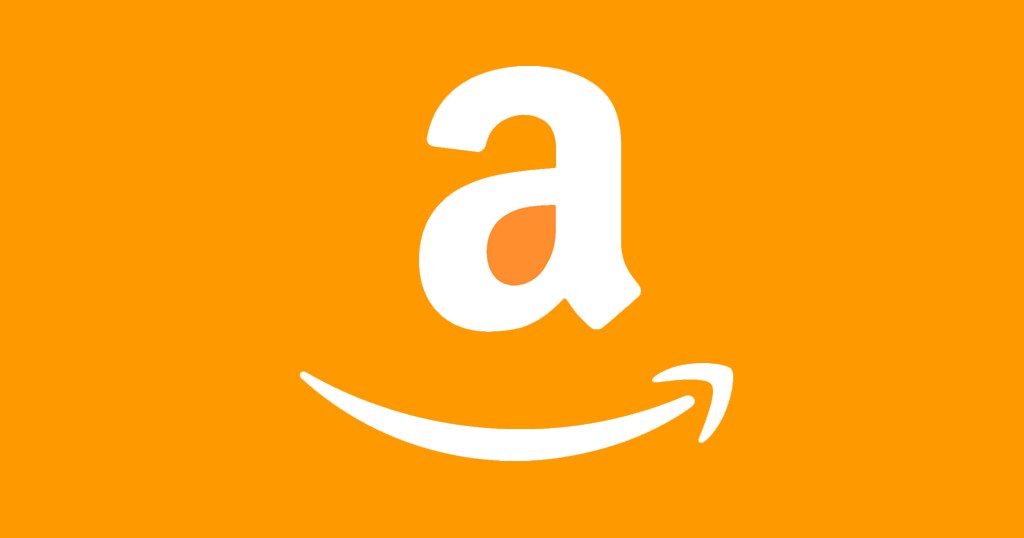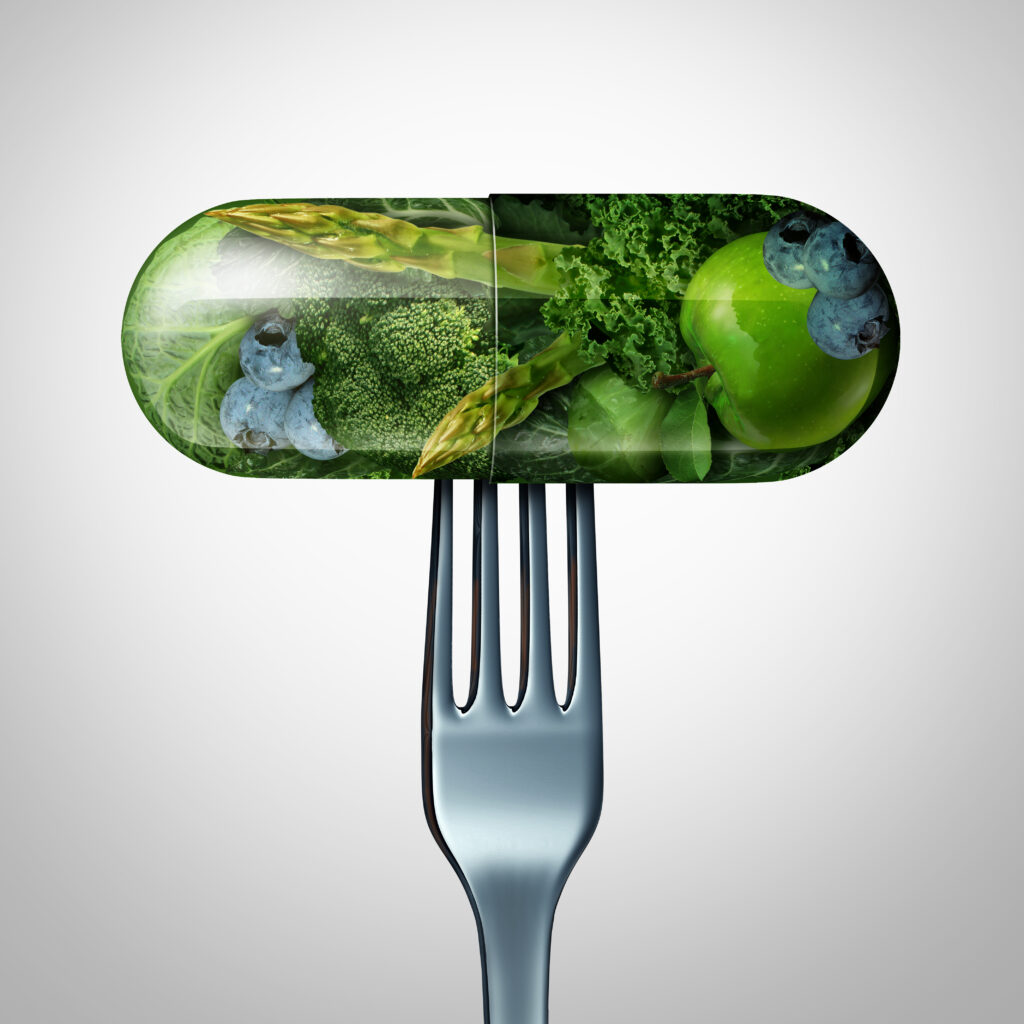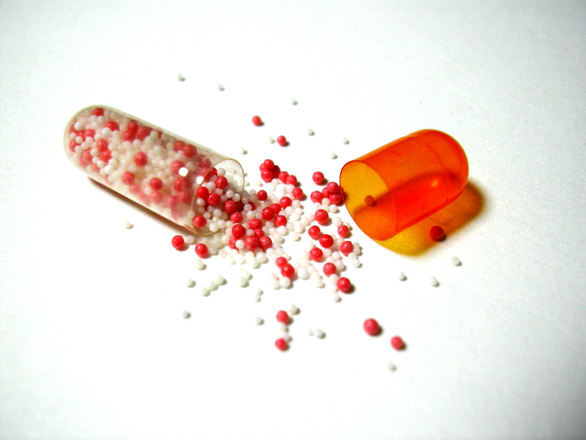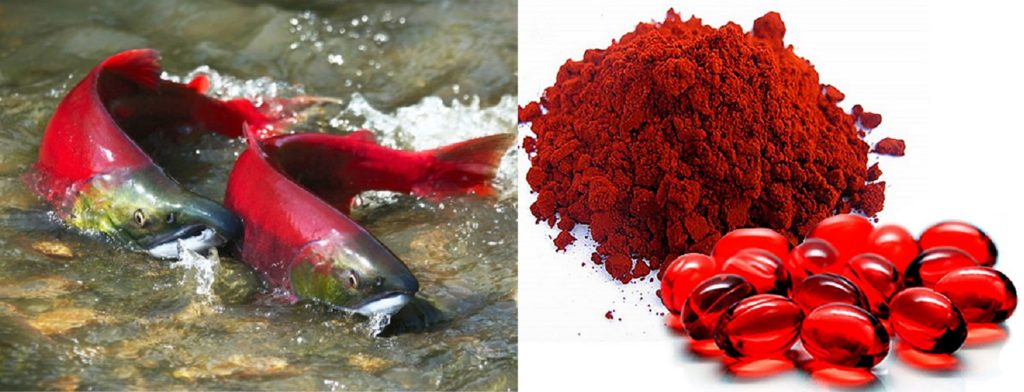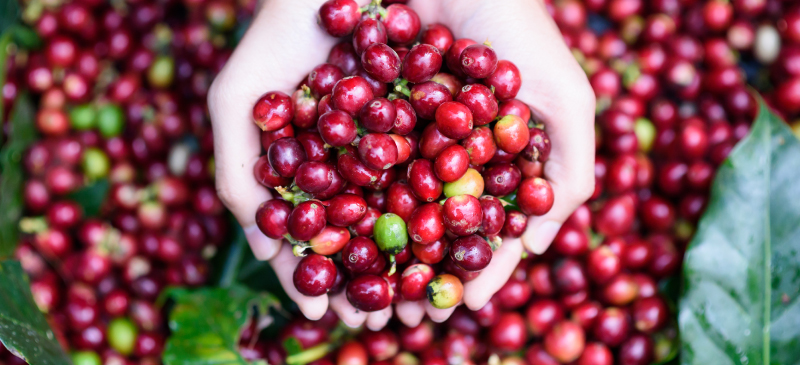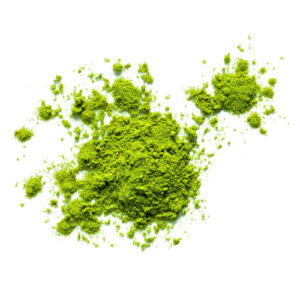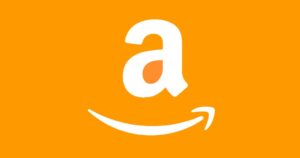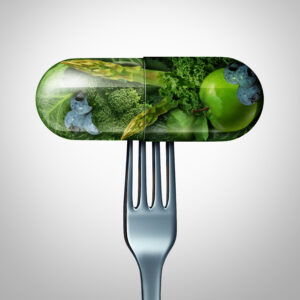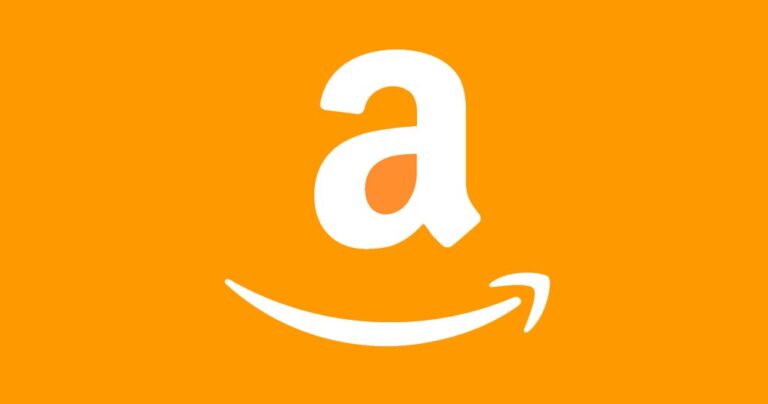What do traditional Ayurveda and modern science have in common — other than repeated testing of hypotheses, and communication of evidence?
Answer: They both warrant the usage of many herbs for health purposes based on rigorous observation in humans.
While Ayurveda’s got nothing on our space age, it’s got its own chops as a well-developed, time-tested, evidence-based system. That’s partly why health claims based on traditional usage are recognized by some of the most highly regulated countries (thanks, Aussies and Canadians). But it’s no secret that the U.S. regulatory system completely ignores traditional usage, like in Ayurveda, when it comes to supporting evidence for product benefits.
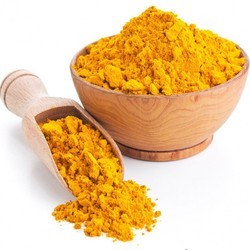
So it’s a good thing that more and more science is published proving Ayurvedic herbs work. And we’re talking the kind of science also used for proving drugs work — even though many herbs don’t work like drugs. That’s right, many herbs in Ayurveda are increasingly corroborated by the gold standard for the evidence-based camp: their beloved randomized, placebo-controlled clinical trials. Turmeric and boswellia for inflammation. Ashwagandha for stress, stamina and sleep. Bacopa for cognitive support. It’s all there, accessible on PubMed and Google Scholar.
The facts are simple: Ayurveda is an early form of scientific medicine, because it’s actually founded on some central, scientific tenets. The main one being that the body’s composition can be balanced by its environment — including what we consume as food, drink and medicine.
The evolution of plant medicines from prehistoric to today has always intrigued me. What did many generations of people before us know about health, that we should try to learn and preserve? And — because the ancients aren’t ALWAYS right – what were their mistakes, or gaps that we need more scientific evidence on?
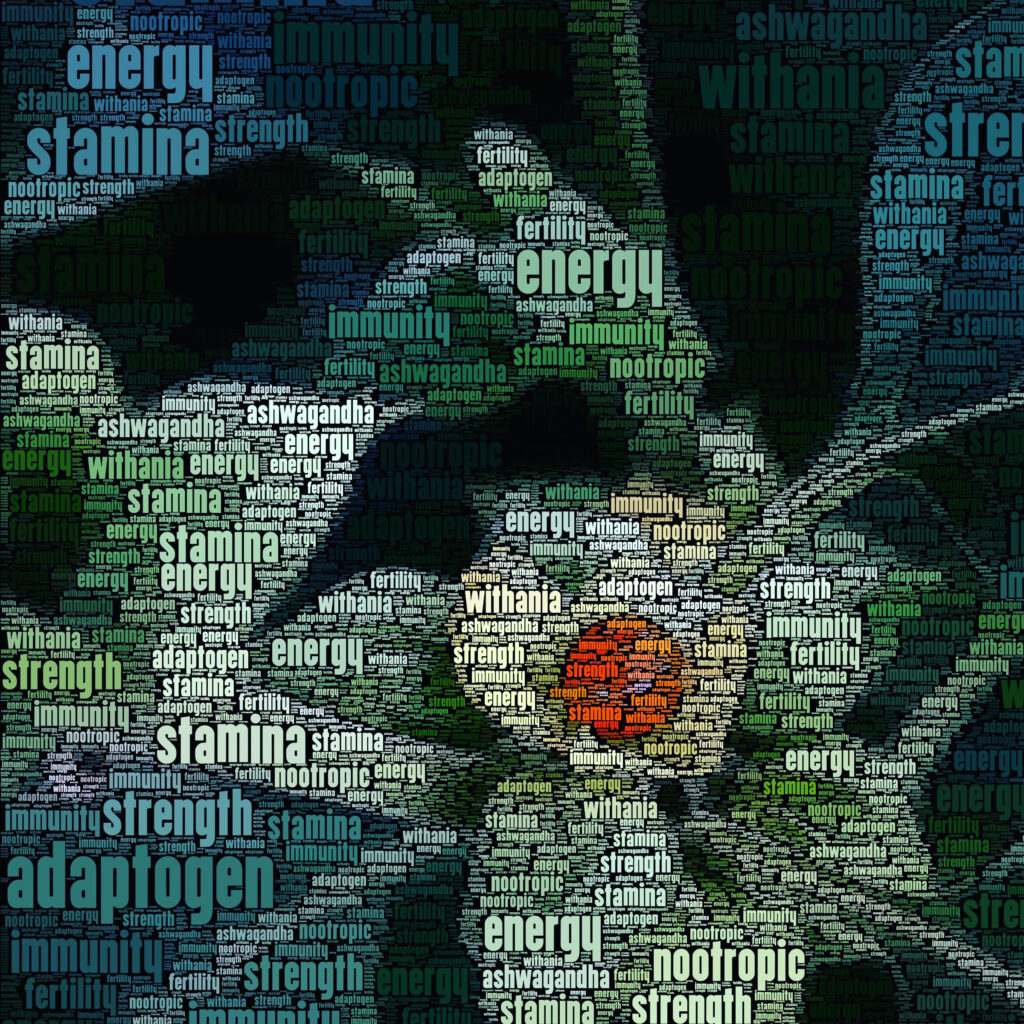
There’s no shortage of similarities between the old and the new: Here’s a short list of my favorites between the traditional Ayurvedic and modern scientific application of many of our favorite herbs:
- Evidence-Based Practices. Ayurveda relies on empirical observations and historical practices of risk versus benefit. Modern science is similar, taking scientific evidence-based approaches and comparing them to currently accepted practices. Both systems recognize the importance of evaluating the effectiveness of treatments, and exploring new ideas.
- Holistic Approach to Health: Both Ayurveda and modern science acknowledge that health is a state of overall well-being, and not just the absence of disease. Prevention is worth a pound of cure, wherever you are in this world.
- Use of Natural Products: Both traditional and modern scientific systems recognize the potential benefits of natural substances, including botanicals and other nutrients for promoting health and treating various health conditions.
- Digestive Health: Ayurveda places significant emphasis on digestive health, considering it the foundation of overall well-being. Modern research has explored the gastrointestinal benefits of traditionally fermented foods, spices and plant foods in Ayurveda. The validation of carminative and aromatic herbs like ginger and cinnamon by science are a couple examples.
- Adaptogens & Antioxidants: Ayurveda introduced the concept of adaptogens, botanicals that help the body adapt to stress and maintain balance. Modern research has investigated herbs like ashwagandha and holy basil as adaptogens. Also both Ayurveda and modern science acknowledge the importance of antioxidants in combating oxidative stress and preventing cellular damage. The ‘rasayana’ or rejuvenation tonics in Ayurveda are formulated with adaptogen- and antioxidant-rich herbs, and when investigated in clinical trials, have resulted in some promising findings.
- Mind-Body Connections: Ayurveda recognizes the interconnectedness of the mind and body. Similarly, modern science acknowledges the role of psychological and mental factors in physical and general health. For example, herbs like bacopa have been used in Ayurveda to support cognitive function, and modern research has studied its potential cognitive-enhancing effects.
For the full article, download the Natural Products Insider Digital Magazine.
